Design of Footbridges
Conceptual structural design of
footbridges
A case study of asymmetrically suspended
bridges using parametric modelling
Herman Enger Aas and Kristian Mathias Eick
Master Thesis in Civil and Environmental Engineering
Norwegian University of Science and Technology
Department of Structural Engineering

The thesis by Herman Enger Aas and Kristian Mathias Eick uses parametric design software tools to investigate relevant structural aspects to be used for development of a conceptual design phase of a footbridge, taking part in the conference ”Footbridge 2017” in Berlin.
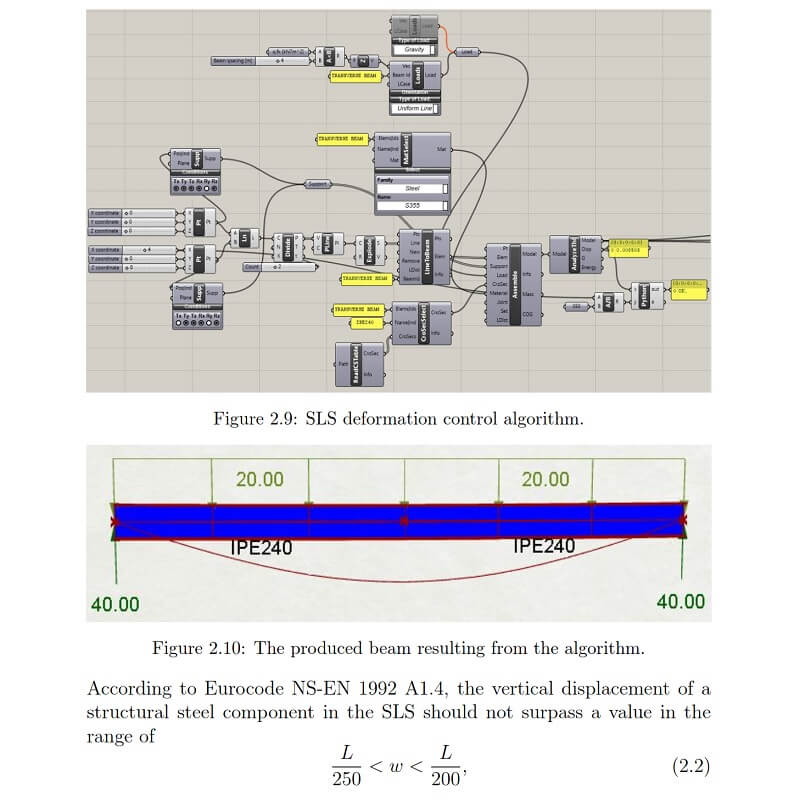
Through a sequence of tests that looked into how the different ways of solving a one-sided suspended deck worked mechanically were performed, in addition to tests on how to conceptualize them. The process has provided the authors with knowledge on one of the many applications to which parametric design tools can be used, which have been shown through hypothesis testing.
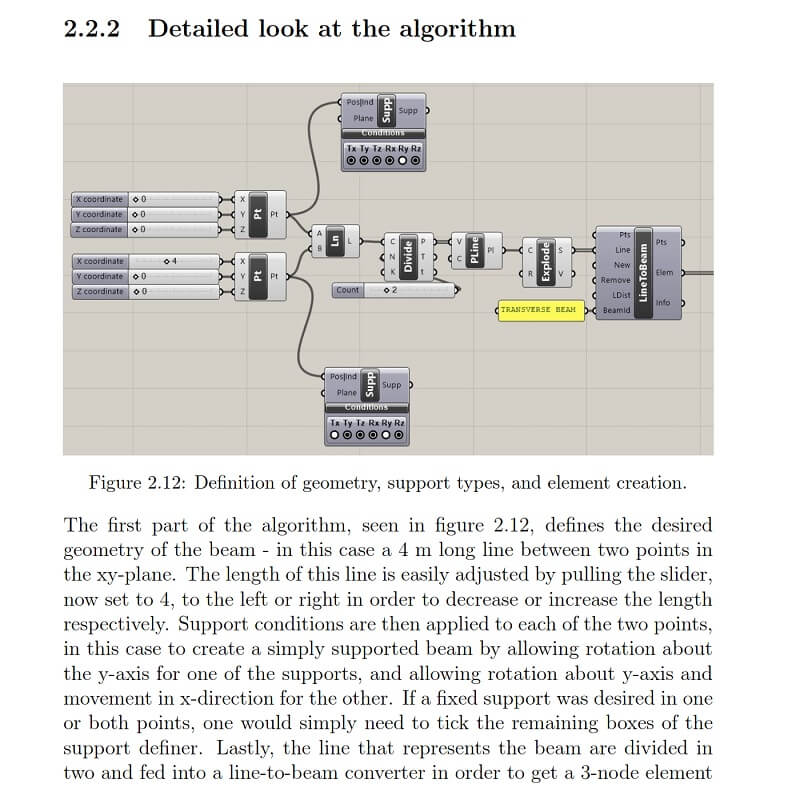
The utilized parametric design tool in this thesis is mainly Grasshopper 3d including the plug-in tool Karamba. The footbridge was designed on a site between the districts of Kreuzberg and Fredrichsthain in Berlin, requiring several design parameters to be met. During the design of this bridge a number of different bridge concepts were conceived, and the final concept was accepted by the Conference Committee.
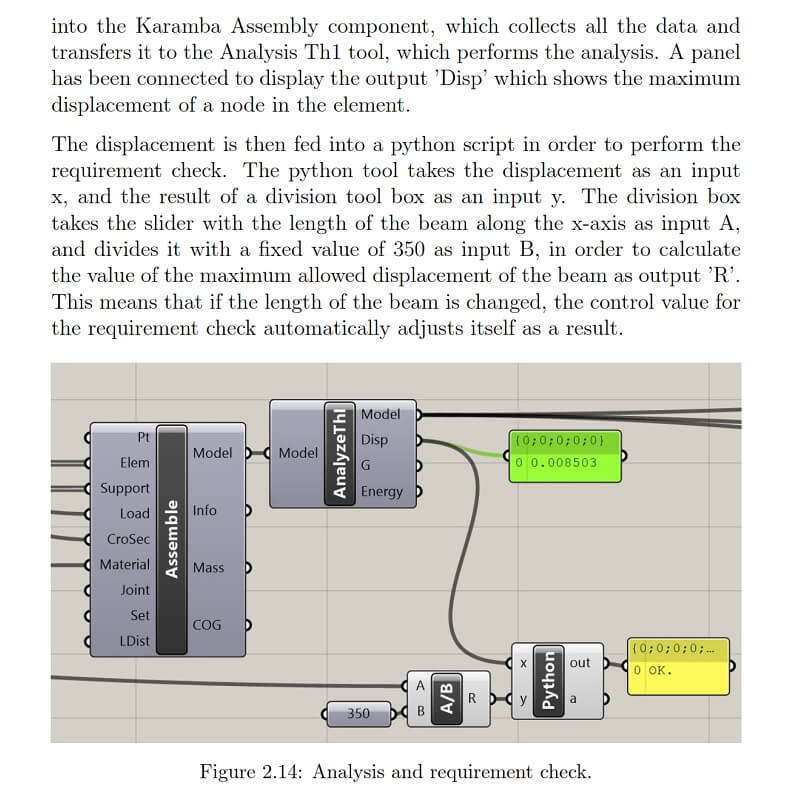
The bridge’s decks are suspended on only one side of the, the mechanical implications of which are documented inside. After delivering the conceptual design, a series of shallow analysis was performed. The analysis investigated how the structure was influenced by changes inspired by previous hypothesis testing, as well as new found curiosities.
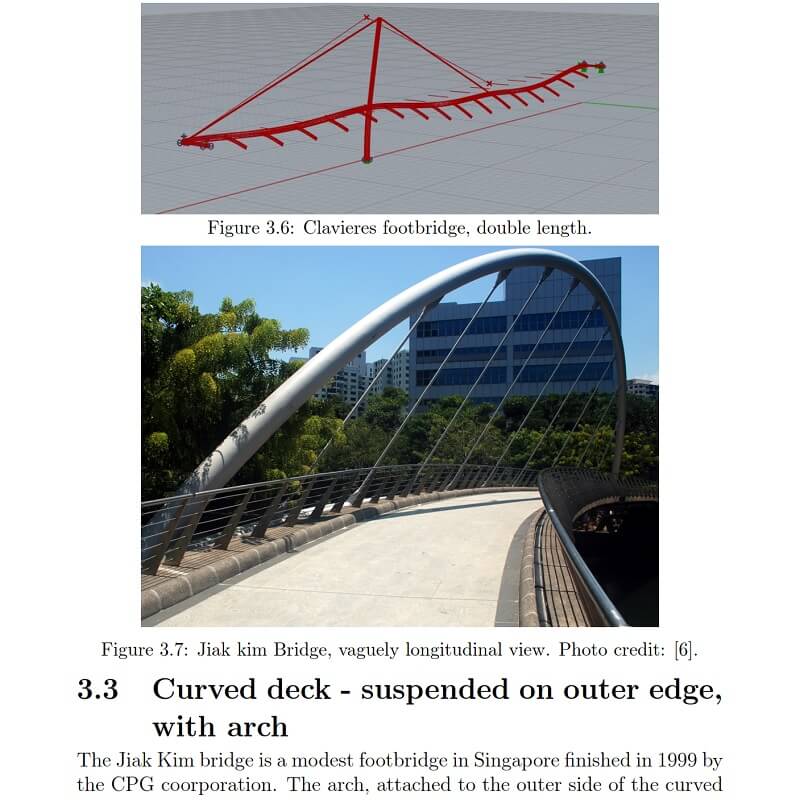
Once the analysis was completed, discussions outline how the design might be optimized based on the findings. Furthermore, the potential future role of parametric design in structural engineering is discussed. Lastly, the thesis summarizes potential and interesting fields for further work related the use parametric tools in structural engineering.
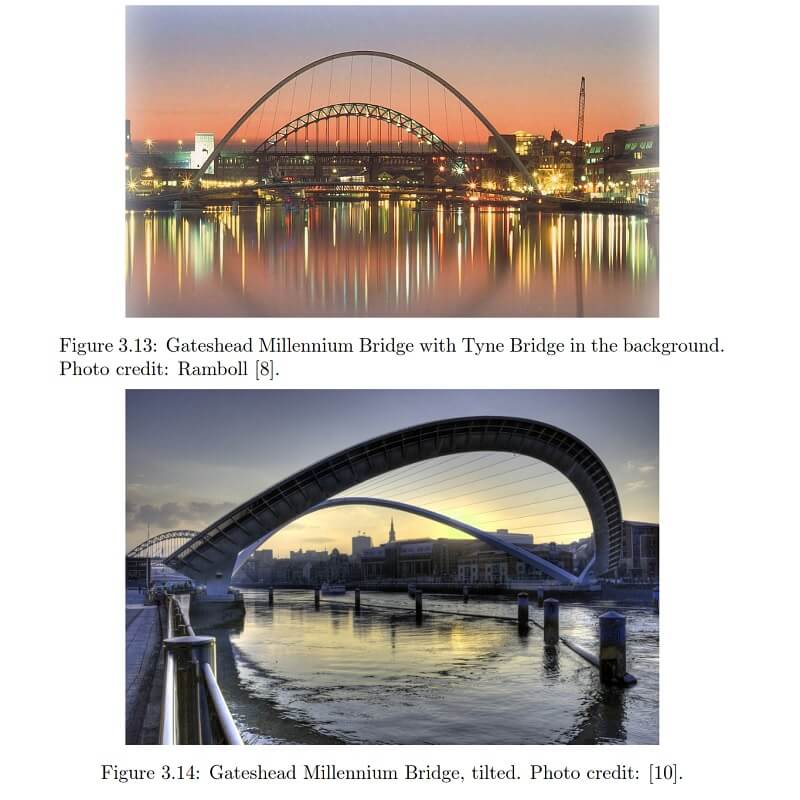
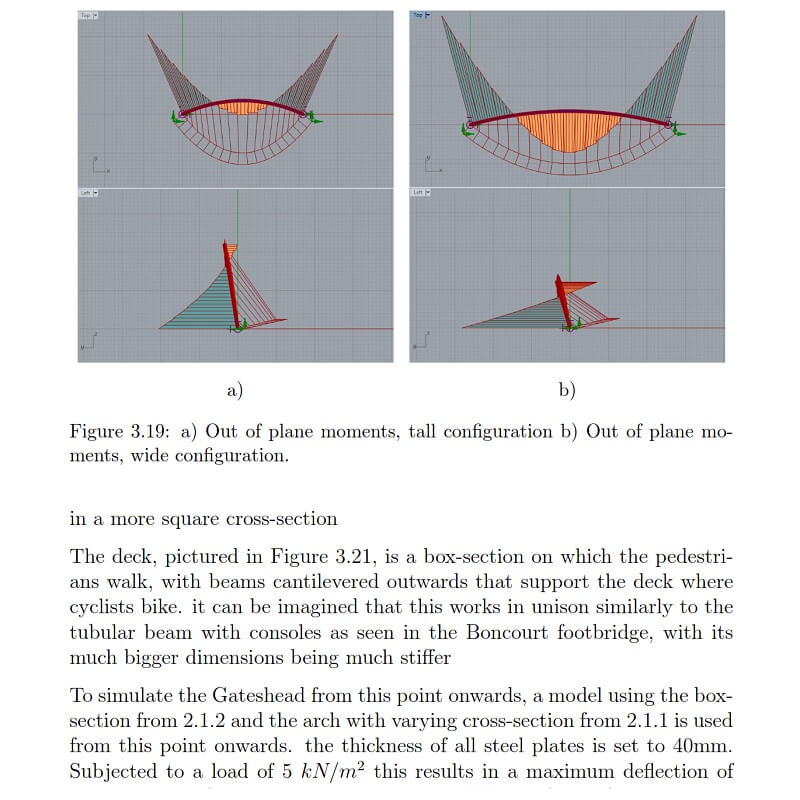
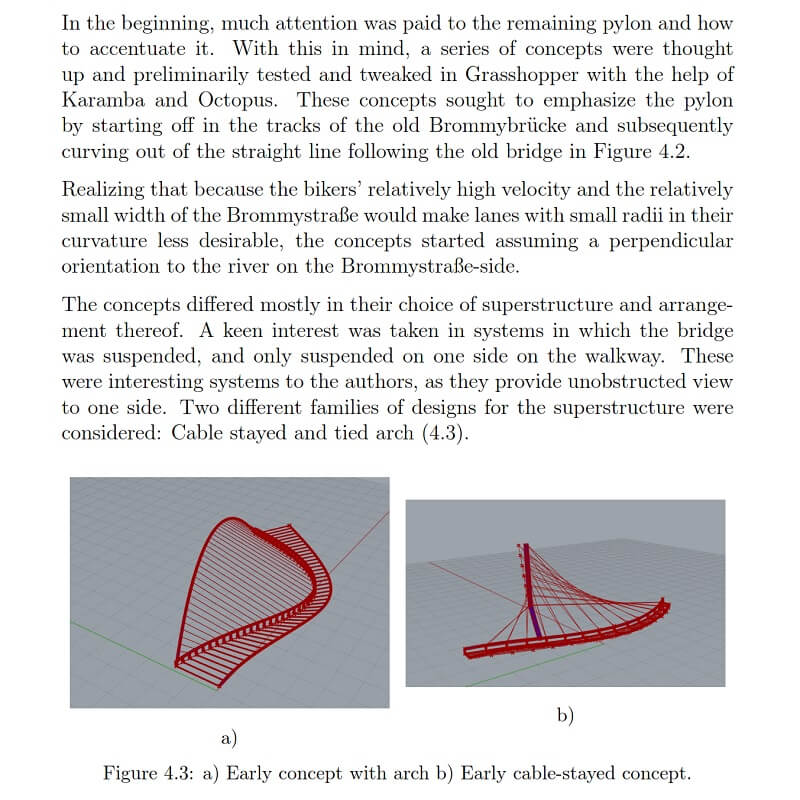
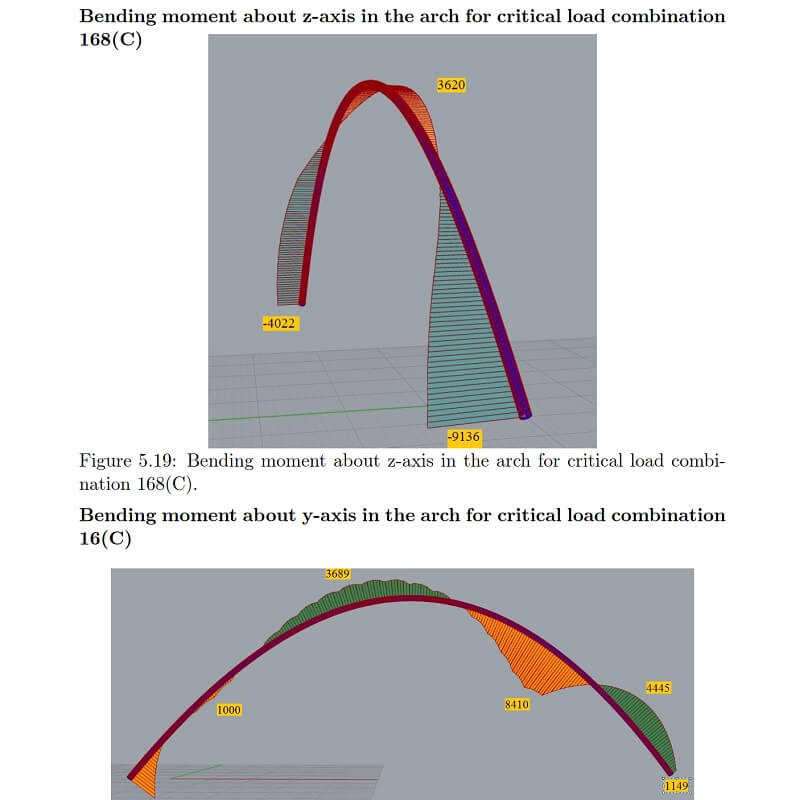
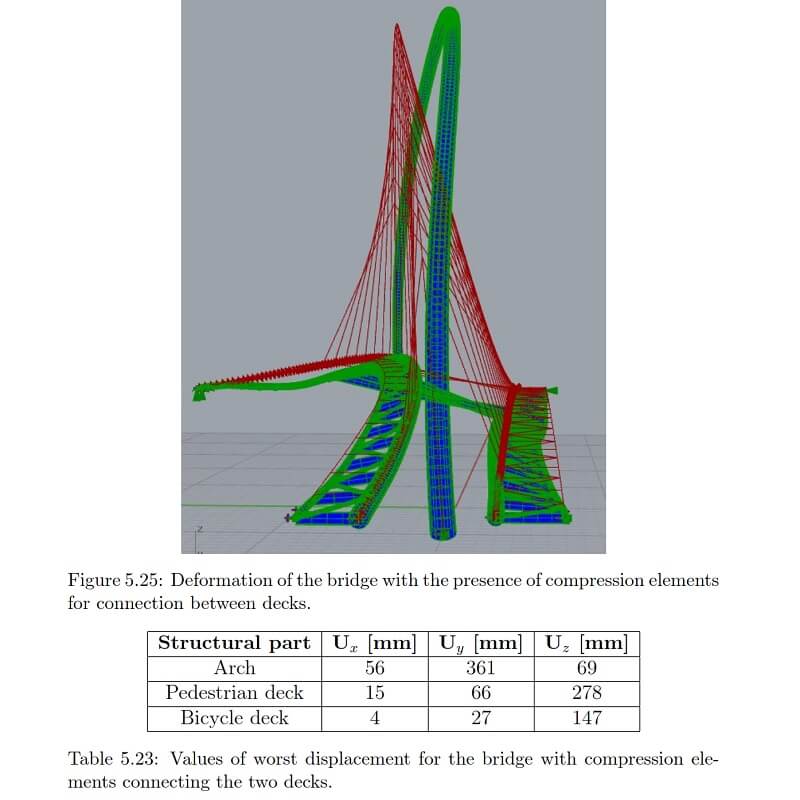




























Comments